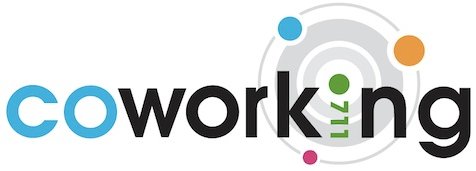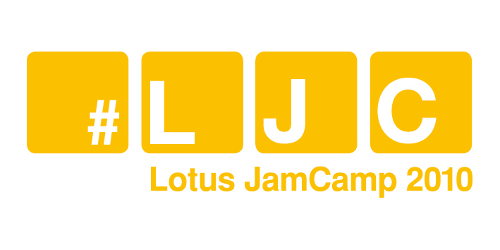Social business pinboard links for April 11th, syndicated automagically:
- CSCW — Institut für Psychologie – Der Begriff Computer Supported Cooperative Work (CSCW), auch genannt Rechnergestützte Gruppenarbeit, beschreibt ein Forschungsgebiet der Psychologie, Soziologie, Informatik und weiteren Fachgebieten. Es beschäftigt sich damit, Gruppenarbeit zu erforschen und grundlegende Methoden zur ihrer Verbesserung zu finden, um dadurch technische Systeme zu entwickeln zu können, die Gruppenarbeit unterstützen. Eng damit verbunden und oft auch synonym gebraucht ist der Begriff Groupware, unter den die technischen Systeme fallen, die entworfen wurden, um die soziale Interaktion zwischen Benutzern zu erleichtern. Die Art der Interaktion kann dabei räumlich wie zeitlich verteilt sein.
- changeX: So sieht die Neue Arbeit aus – Die zehn meistgewählten Begriffe waren: 1. Netzwerk 2. dezentrales Arbeiten 3. Agilität 4. Selbstorganisation 5. Coworking 6. Begeisterung 7. Social Media 8. Sinn 9. Selbstbestimmung 10. Freiheit Diese Top Ten zeichnen ein positives, von Kollaboration getragenes Bild der Zukunft der Arbeit. Diese Auswahl lasse darauf schließen, so Patrick Scheuerer, "dass für die meisten Teilnehmer die Neue Arbeit vor allem mit der Art und Weise der Zusammenarbeit zu tun hat. Zwar sind mit Sinn und Kreativität auch Begriffe vertreten, welche durchaus stark mit den Arbeitsinhalten in Verbindung stehen. Der klare Fokus liegt jedoch auf dem Arbeitskontext: dezentrale Arbeit in Netzwerken, bevorzugt in Coworking Spaces und selbst organisiert."
- McGee’s Musings : Rethinking organizational functions and components in a freelance economy – Two interesting questions come to mind: How will the application and profile process evolve? We are all social animals. We also have a pretty solid understanding of what differentiates successful groups and successful teams. As freelancers and as potential co-workers, will we become more mindful about how we manage our associations? Grind is testing the hypothesis that there is value in filtering the freelancers who will have access to their space. Is this a leading indicator that the physical, social, psychological, and economic functions of the organization can be effectively decomposed and rearranged in new formats? It’s certainly time to reread Ronald Coase’s The Nature of the Firm. I might also take a look at Jay Galbraith’s Designing Organizations and Bob Keidel’s Seeing Organizational Patterns.
- It’s 2012 and We Are Still Working on Process « Word of Pie – As cool as the Cloud, Mobile, Big Data, and Social are, fixing processes in an organization seems to be the gateway to having time to innovate. People are still trying to get over the hurdle and they are still trying to learn the best way to do it. Luckily, these new technologies actually help and don’t just clutter the picture. Cloud eases deployment and makes broad collaboration easy as the firewall is no longer a productivity wall Mobile allows people a new way to review content while they aren’t at their desk and cameras on everyone’s phones can replace many scanners Big Data allows for predictive analysis, helping organizations set themselves up to handle changes to their process or volume before it becomes a problem. Social improves the ease of working together over the more traditional collaboration tools. Let’s face it, many processes are the same over and over, but there are a lot of exceptions out there that have to be managed.

